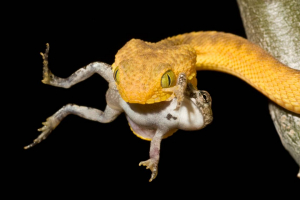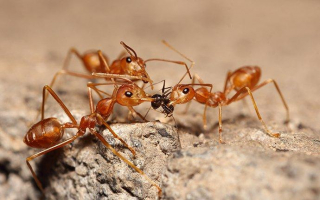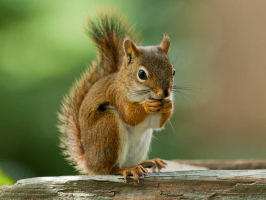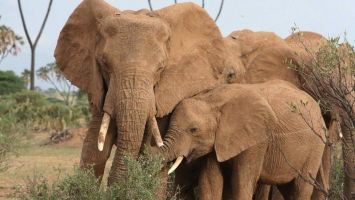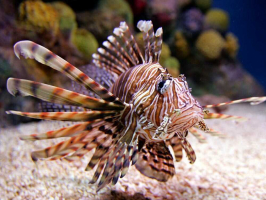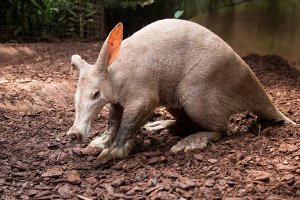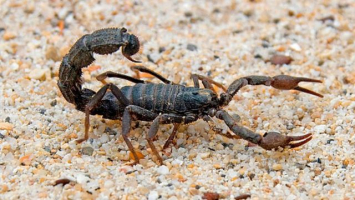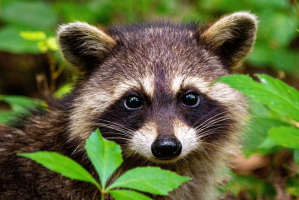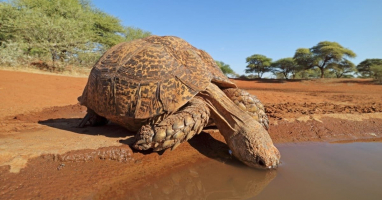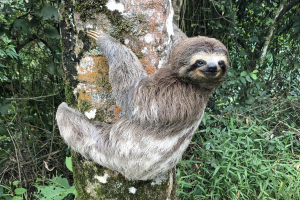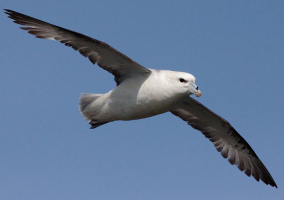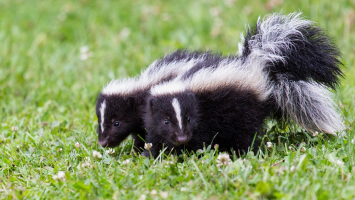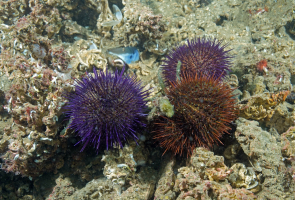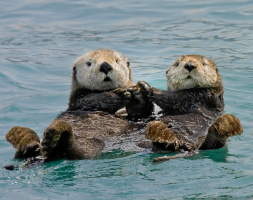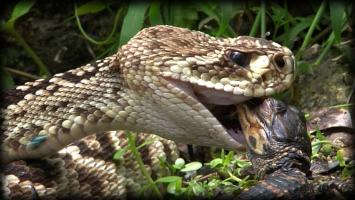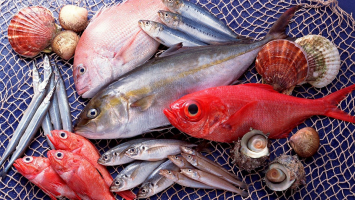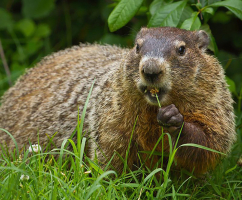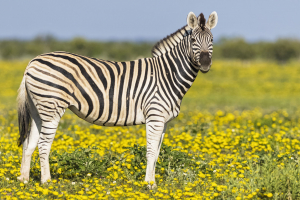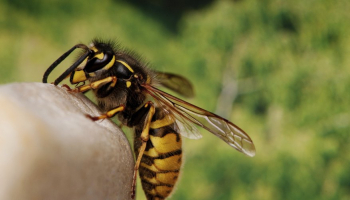Top 7 Predators of Fleas that Eat Fleas
Fleas are more than 2,500 species of small, flightless, parasitic insects in the order Siphonaptera. As adults, about 3 mm long, they consume blood from their ... read more...hosts, which include a variety of warm-blooded vertebrates, such as humans, dogs, cats, rabbits, and birds. These tiny creatures can wreak havoc on your home. And you can prevent that from happening with the help of insects and animals that eat them. The good news is that there are many such creatures. The following article of Toplist will introduce you to predators of fleas that eat fleas.
-
Ants are omnivores so they will probably eat fleas. Ants themselves, although considered a hazard, can help repel fleas. These flea predators eat almost anything including plant or insect parts.
There is a species of ferocious ants called Army Ants and when they "march" in search of food nothing is safe, they can deprive an area of nectar and will attack and eat almost anything. Although army ants can chase large mammals they are usually able to escape unless they are immobile, but when killing mammals they take a long time to turn a single ant. object into a skeleton. Even lizards and spiders fall prey to army ants, so fleas have no chance against them.
This ant species is identified by its bright red color and large ants, which are also known to feed on flea larvae. Unfortunately, these ants are also extremely aggressive towards humans and can cause a very painful sting. In some people (sensitive people or those with multiple stings), this can cause a more serious reaction including chest pain, nausea, swelling, shortness of breath, and sweating. So you shouldn't let these ants get anywhere near your home.
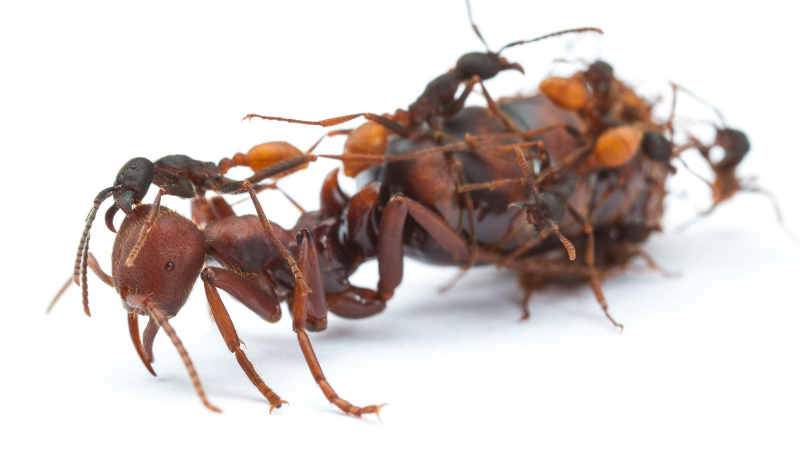
Photo: https://static01.nyt.com/ 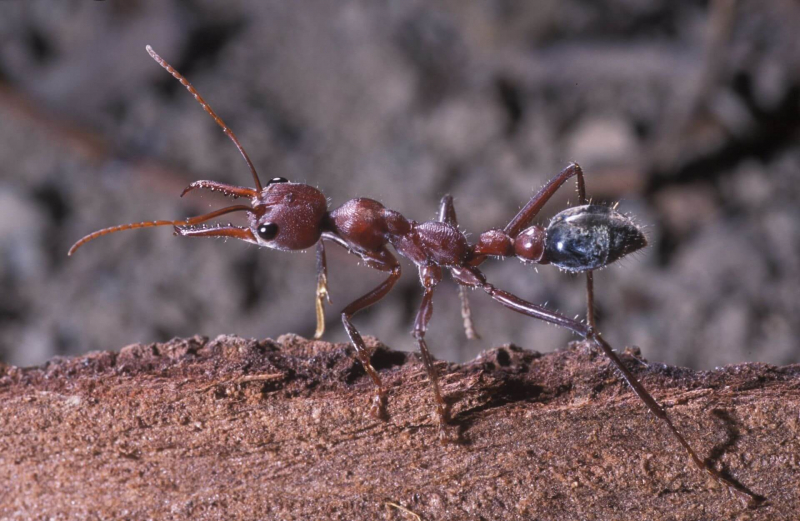
Photo: https://allgonpest.com.au/ -
The next predators of fleas that eat fleas that we want to introduce to you are the nematode. It is a microscopic and multicellular insect with a smooth and unfragmented body. The genus Nematoda includes hundreds of species with a wide variety of habitats. Common habitats for nematodes include plant parts, soil, and the bodies of other animals such as insects.
Two species of nematodes can be used to control fleas. The first species is steinernema carpocapsae. Called SC, these worms are very effective when dealing with fleas or adapted larvae on highly mobile surfaces. The second nematode used for flea control is steinernema feltiae. These organisms reside mostly in the soil. They are also effective against soil fleas.
Steinernema feltiae feed on fleas mainly in their larval and pupal stages. They parasitize fleas in their larval and adult stages on the ground. In the process, they do almost no harm to aquatic species or any other animals that reside in the soil. Both SC and SF use the same technique to kill fleas. They usually enter the flea's system through pores and body openings such as the mouth and anus.
Once they're inside, they release a certain type of bacteria that kills the pet. However, these bacteria have almost no effect on them. After their host dies, they grow and reproduce rapidly to give birth to other young.
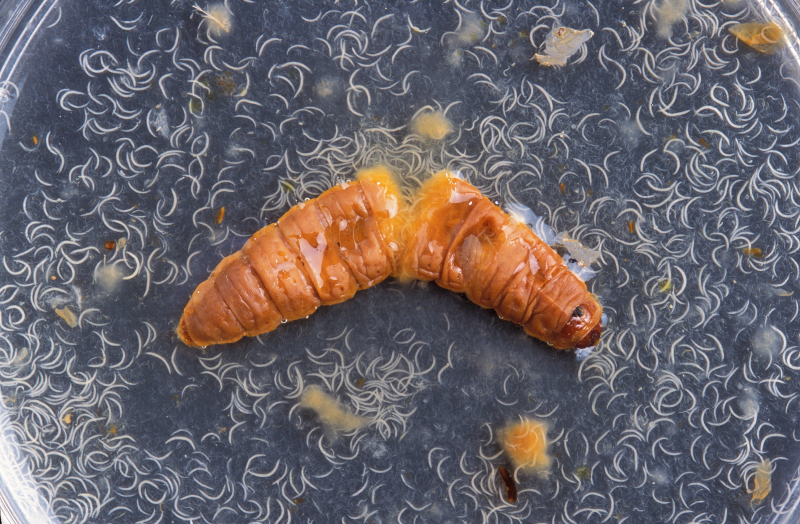
Photo: https://www.pecansouthmagazine.com/ 
Photo: https://www.discoverlife.org/ -
Frogs are 75% carnivores. This means that they depend on meat from the main insect to survive. Depending on their size, frogs can eat small insects such as flies, mosquitoes, and moths. Larger species of frogs feed on larger animals such as snakes, rats, turtles, and even their smaller counterparts. But the frog's favorite food is the nutritious fleas.
Frogs love to gnaw on fleas, which means that fleas are the best candidate for a foraging task. Fleas mainly inhabit dry soil habitats, these predatory fleas tend to prefer to live in humid places because their semi-permeable skin makes them susceptible to dehydration. Therefore, frogs have limitations in attacking fleas.
When the prey is detected, the frog waits for the right time to attack the prey so that they can not run away or fly away. For example, the predatory frog discovered a flea to eat, licked the bug with its long sticky tongue, and then swallowed it through its throat. Frogs also use their eyes to push prey to their stomachs. That's where the prey dies completely. After that, it is completely digested in the stomach of the frog and excreted afterward.
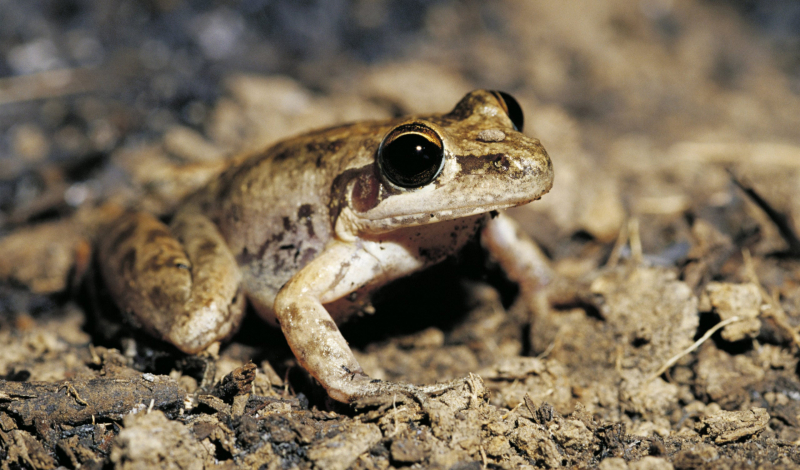
Photo: https://www.australiangeographic.com.au/ 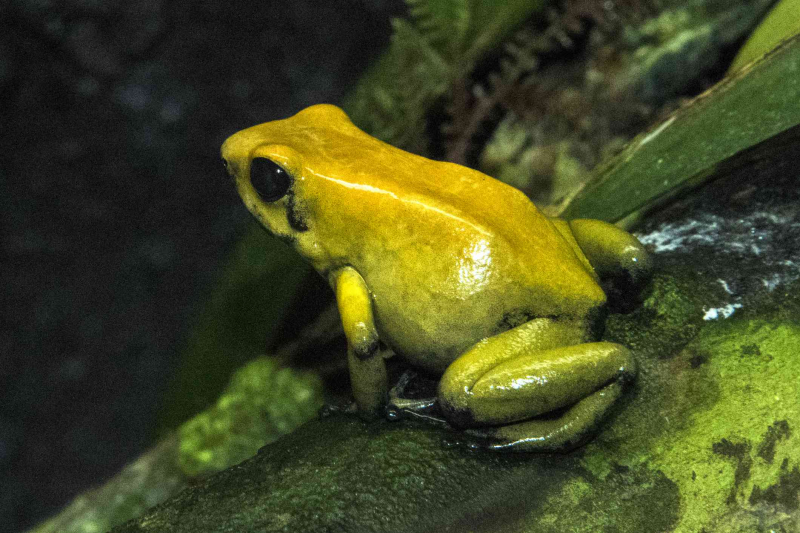
Photo: https://www.treehugger.com/ -
The next predators of fleas that eat fleas are spiders. You might be one of those people who shudder and squirm at the sight of spiders. But you should know that they are often more dangerous than you think. Their presence in your household can be good news when they consume fleas. However, in some cases, it can also search for prey. This is the same case with fleas.
Once the flea enters the web, it becomes trapped and automatically trapped in the web. This would then create motion and vibrations across the web that signal the spiders of the existence of such prey. The spider will then move around the web and at the same time release the webs attached to the prey. But that's not the only way a spider hunts. Occasionally, you will find it roaming in search of prey like most predators.
When approaching the flea, the spider will coil a loose thread around it and use two fangs to pounce on it. However, not all spiders use this technique on their prey. Venomous spiders distribute a special poison onto their prey. This poison kills most prey in two hours, after which spiders can tear and gnaw them.
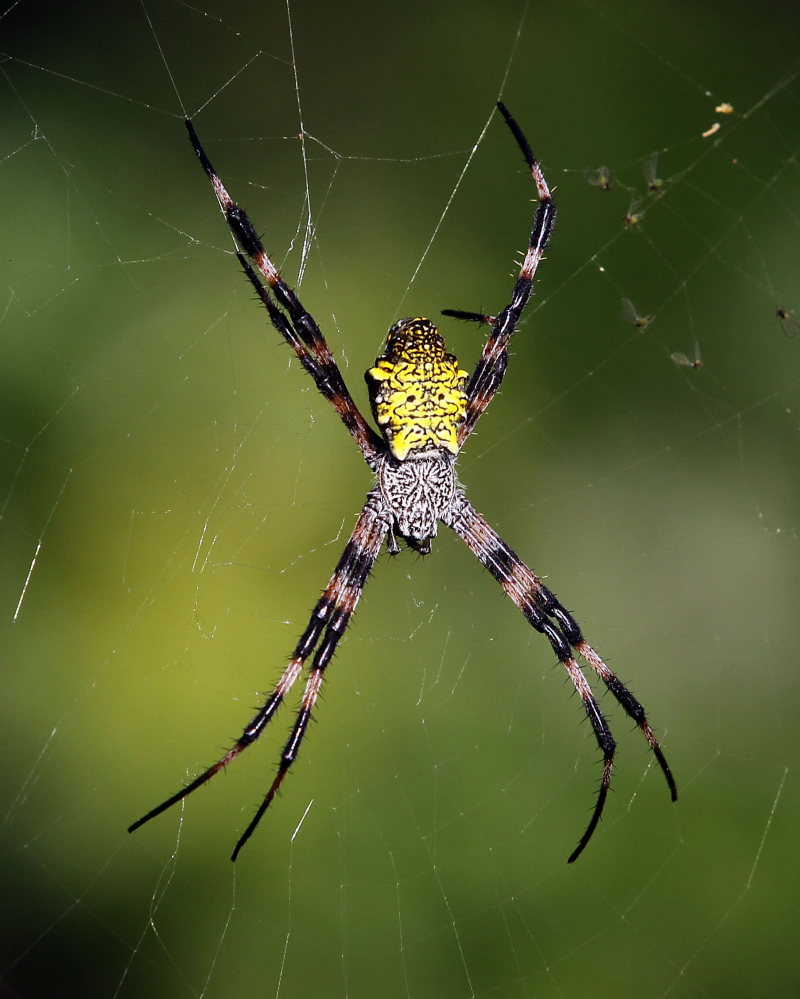
Photo: http://photos.demandstudios.com/ 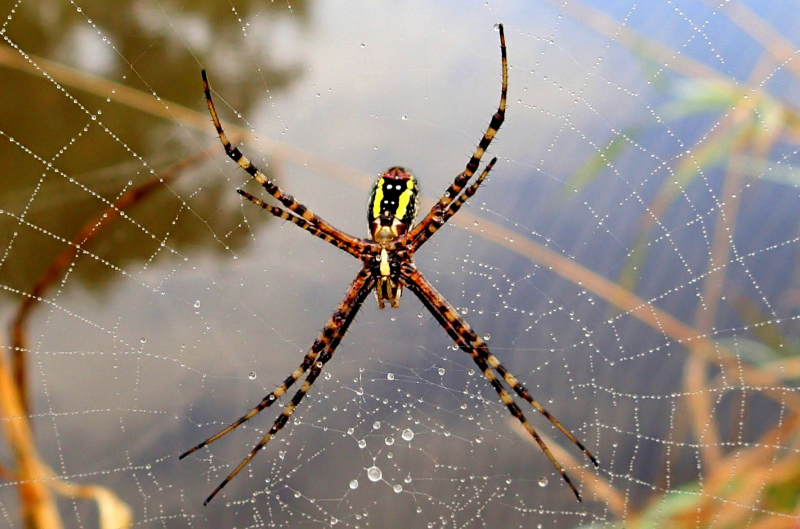
Photo: https://4.bp.blogspot.com/ -
Known beetles include about 350,000 described species. In the United States, there are nearly 30,000 known species of beetles, which makes them the largest order in the animal kingdom. Beetles are unique and suitably diverse insects that come in a wide variety of shapes, forms, and colors and each can be found in equally diverse environments suited to lifestyles. and their specific food needs.
This number is growing constantly as taxonomists name new species. The beetles are such a large, diverse group that they have representatives that eat almost any food. They eat all parts of plants that live or die on land. Some are excellent hunters and carnivores. Some are scavengers and some are parasitic.
Beetles are small insects with amazing features. All their food includes fleas and other small insects. However, of the thousands of species of beetles, some variants do not eat insects. Instead, they depend on plant parts' survival, such as foliage and roots, for survival. Of the flea-eating species, most are active at night.
Beetles are perhaps the most effective of all beetles when it comes to killing fleas and other pests. Once this flea predator has reached adulthood, one beetle consumes between 50 and 60 insects daily.
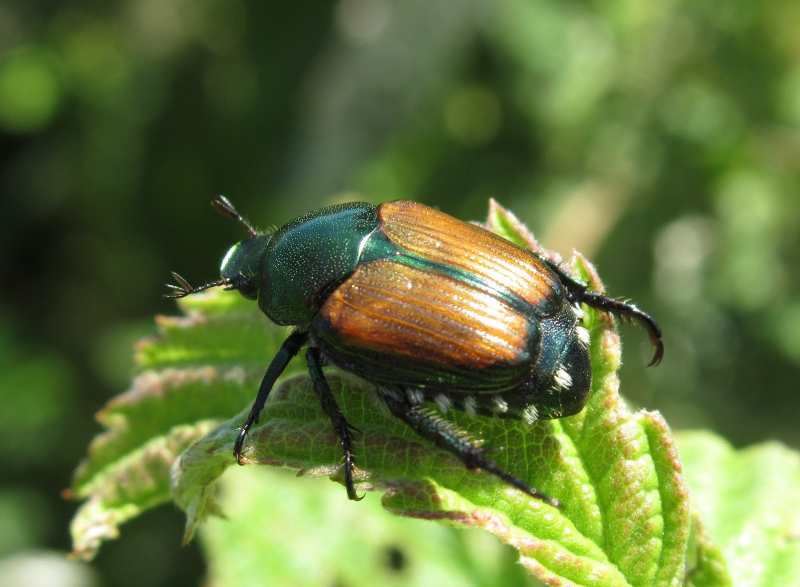
Photo: https://americanvineyardmagazine.com/ 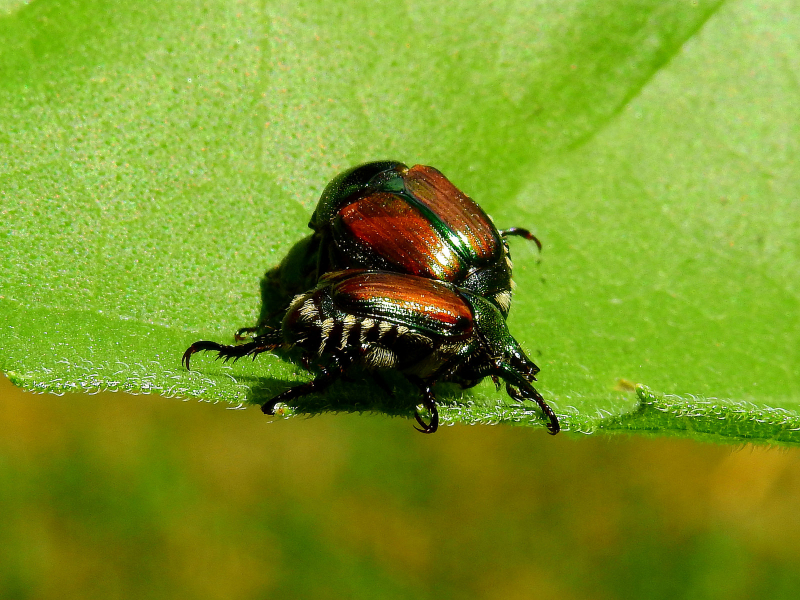
Photo: http://freethoughtblogs.com/ -
It is very unlikely that you have never caught a lizard in the act of hunting insects. These small, insectivorous reptiles are found almost anywhere in the world. Instead of a long chase, lizards tend to sit around waiting for prey to approach them and launch a surprise attack.
Lizards are natural insectivores. They move from place to place in search of insects such as snails, spiders, caterpillars, and other crawling insects that pass by them. Along with these insects, lizards also eat flying insects such as crickets, mosquitoes, termites, and flies. Otherwise, where there are no insects, the lizard eats fruits and plants as an alternative. These foods also keep them hydrated.
Like spiders, lizards eat larvae, pupae, and adult fleas. They catch fleas jumping or crawling. Some lizards swallow their prey whole. While other species bite their prey before eating them.
Often seen clinging to walls, these predators of fleas that eat fleas are known to move from house to house in search of insects. And one of the insects they have a great appetite for is fleas. Whether it's a larva, pupae, or an adult flea, the lizard won't mind devouring it.
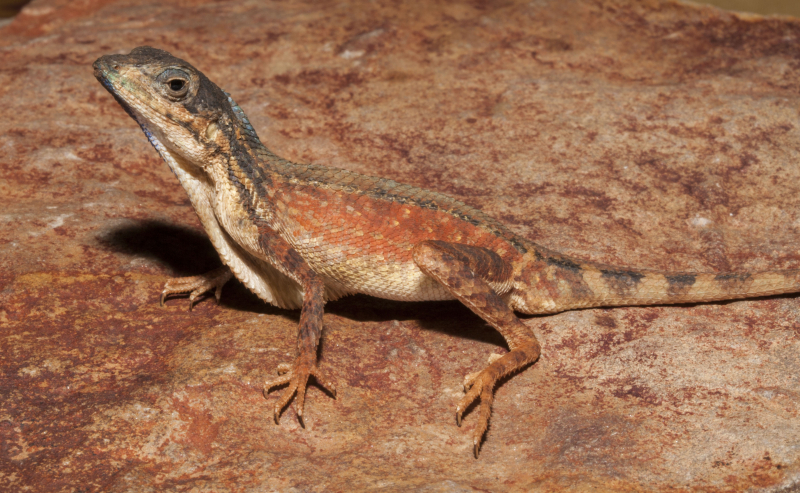
Photo: https://imgs.mongabay.com/ 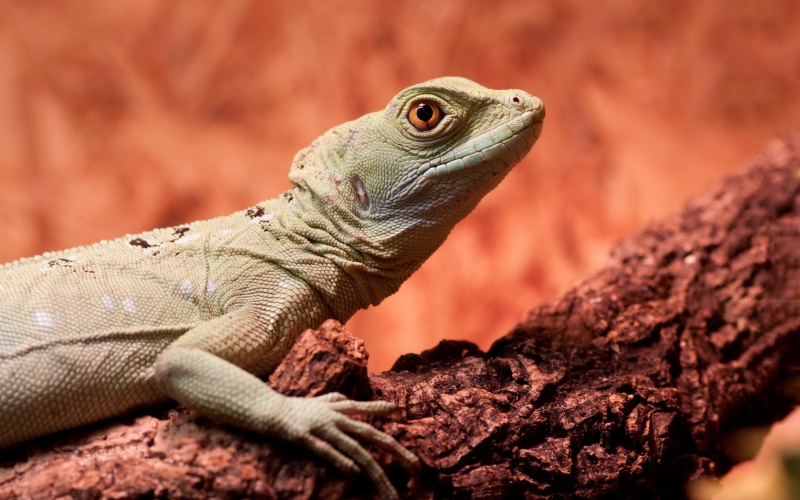
Photo: https://hdwallpaperim.com/ -
Birds are opportunists. They'll want to find food that's easy to eat and doesn't take much effort to collect. Birds hope to find meals that are easy to consume and won't interfere with their daily routine. This is why more and more birds prefer to stay close to the ground when they are picking up worms or insects. This is why many people wonder about birds eating fleas because they are also found on the ground.
A variety of birds, most of which are small, can help keep fleas and other pests away. If you can somehow lure them into your yard, they will peck around the grass and kill the fleas one by one. Placing a bird feeder tray is a great way to invite these birds to visit your yard. And if you're worried they'll only be interested in the seeds you've put in their food tray, you'll be happy to know that seeds only make up about 10% of their total food intake.
Starlings, nightingales, and doves are some notable predators of fleas. Birds love to eat fleas because they are a good source of protein and iron. While birds often pick berries or other fruits, birds also often forage for insects on the ground. Birds that eat more fleas will feel fresher and fuller. This is due to getting additional calories from eating fleas and enjoying the nutrients contained in the meal.
Birds are also great for controlling flea populations naturally. Birds will help you repel fleas and other pests such as ticks, bed bugs, cockroaches, flies, mosquitoes, and lice.
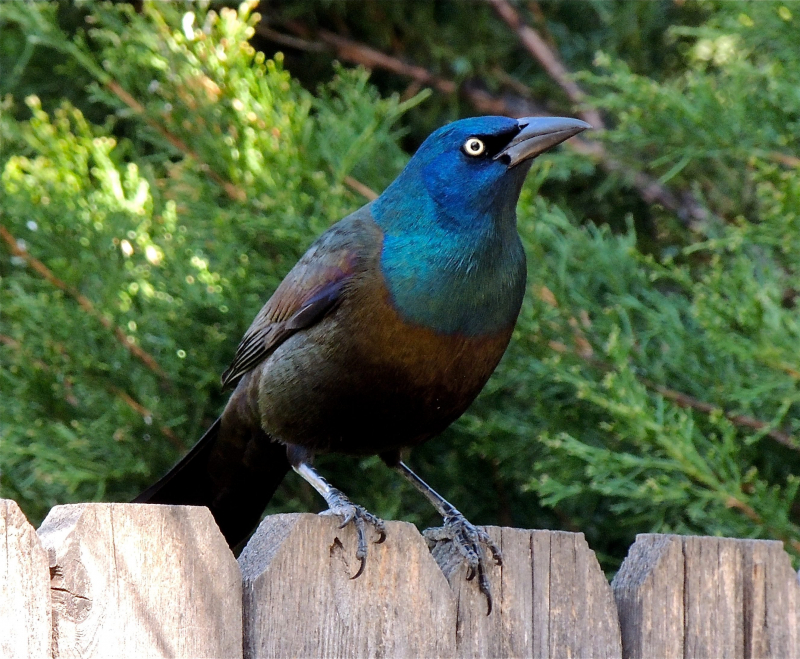
Photo: https://www.birdsandblooms.com/ 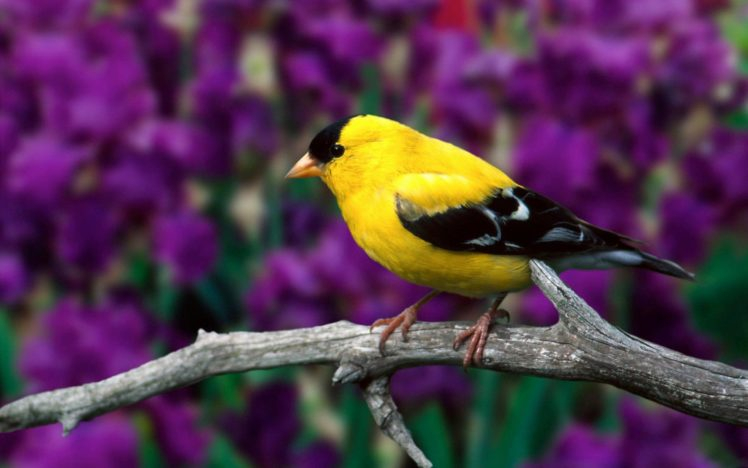
Photo: https://wallup.net/









